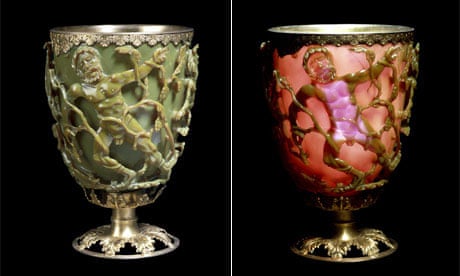For one of my events, I visited the Hammer Museum, where I watched Ed Atkin's short film Even Pricks. His film is part of the Hammer Museum's "This is the End" exhibit, which featured other films by fellow artists Loretta Fahrenholz and Tommy Hartung. Going into the film screening, I read that the artists used unusual narrative techniques to illustrate themes related to unhappiness and strangeness.
After watching Even Pricks once, I was
extremely confused. In fact, after watching it over and over again (luckily,
it's only eight minutes long), I was still really confused! Atkin's
storytelling is definitely unconventional. Instead of a plot, Atkins
bombards the viewer with a series of pastel, saturated images of every day
objects. The most frequently recurring object was a hand with the thumb
sticking out. At first, the thumb was pointing up, representing happiness, but
as the film progressed, the thumb changed positions and shapes. In one notable
segment, the thumb deflated like a balloon would, leaving just the skin to
dangle over the rest of the hand. It reminded me of when someone is putting on
a persona for the public eye, but comes home and just completely relaxes. In
other images, the thumb was rotated sideways, pressing into belly buttons,
ears, and eyes. This reminded me of our biotech unit. Even though Atkins didn’t’
manipulate physical human bodies for Even
Pricks, he manipulated the images on screen to inspire discomfort and
curiosity from his audience.
The only face that is shown in Even Pricks is that of a chimpanzee. It
speaks to the viewers, although most of the speech is seemingly random quotes.
I interpreted this as Atkins stripping down humans to emotions, and elevating
monkeys to talking, cognizant beings. I’m not really sure what he means by
this, but perhaps he’s bringing up the question of what it means to be fully
cognizant, especially in the face of depression.

















